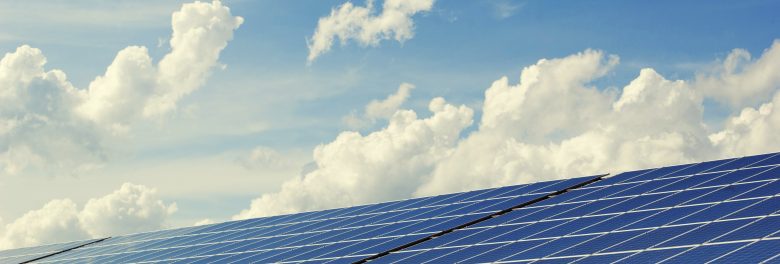
Recently released Energy Assessment Guidance from the GLA continues to ‘expect’ applicants to utilise outdated SAP carbon factors that result in significantly higher capital costs to developers.
The GLA expect that SAP10.0 CO₂ emission factors are used in planning applications as opposed to the more up to date SAP10.1 CO₂ emission factors.
Energy strategies which opt for heat pumps in conjunction with boilers on heat networks will fall well short of the on-site 35% CO₂ reduction requirement. This will then require a more significant capital outlay on further on-site measures than if SAP 10.1 factors were used, such as enhanced energy efficiency measures and much larger arrays of PV panels. A larger carbon off-setting payment in order to reach a standard of Zero Carbon is also expected. For developments too small to feasibly install an on-site heat network, all other electrically-led energy strategies will also result in significantly lower CO₂ emission savings with the SAP 10.0 factors.
It is questionable whether the continued application of SAP 10.0 factors is appropriate. The SAP 10.0 document is classed as ‘superseded’ by the BRE, with the emission factors within, a projection for the years 2018-2020. Conversely, the SAP 10.1 document is current, albeit not adopted with any Part L version, with emission factors a projection for the years 2020-2025.
Developments looking to connect to existing CHP-led heat networks will be permitted to use SAP 2012 emission factors. CHP installations in new applications will seldom be acceptable, only being so where it can be clearly demonstrated that the network being proposed will act as a seed for a wider area one. In practice, this is likely to be very difficult to demonstrate. Regardless of which SAP factors are used, it is crucial that offsetting payments agreed via S106 negotiations utilise the same ones.
Further observations on the new GLA guidance relating to ambient loop heat networks, Heat Trust registration, development electrical requirements, and life-cycle carbon assessments will be the topic of additional articles in the coming months.
Posted on May 14th, 2020
Author: Jonathan Thomas-Peck
Related services: Energy Statements, SAP (Domestic), Whole Life Cycle Carbon Assessments,